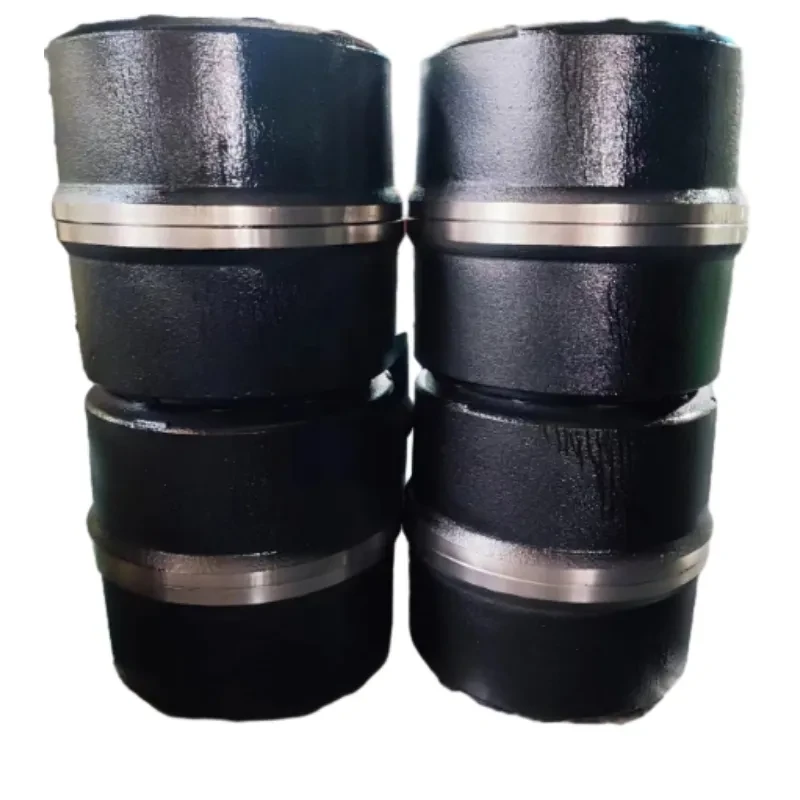
-
 Afrikaans
Afrikaans -
 Albanian
Albanian -
 Amharic
Amharic -
 Arabic
Arabic -
 Armenian
Armenian -
 Azerbaijani
Azerbaijani -
 Basque
Basque -
 Belarusian
Belarusian -
 Bengali
Bengali -
 Bosnian
Bosnian -
 Bulgarian
Bulgarian -
 Catalan
Catalan -
 Cebuano
Cebuano -
 Corsican
Corsican -
 Croatian
Croatian -
 Czech
Czech -
 Danish
Danish -
 Dutch
Dutch -
 English
English -
 Esperanto
Esperanto -
 Estonian
Estonian -
 Finnish
Finnish -
 French
French -
 Frisian
Frisian -
 Galician
Galician -
 Georgian
Georgian -
 German
German -
 Greek
Greek -
 Gujarati
Gujarati -
 Haitian Creole
Haitian Creole -
 hausa
hausa -
 hawaiian
hawaiian -
 Hebrew
Hebrew -
 Hindi
Hindi -
 Miao
Miao -
 Hungarian
Hungarian -
 Icelandic
Icelandic -
 igbo
igbo -
 Indonesian
Indonesian -
 irish
irish -
 Italian
Italian -
 Japanese
Japanese -
 Javanese
Javanese -
 Kannada
Kannada -
 kazakh
kazakh -
 Khmer
Khmer -
 Rwandese
Rwandese -
 Korean
Korean -
 Kurdish
Kurdish -
 Kyrgyz
Kyrgyz -
 Lao
Lao -
 Latin
Latin -
 Latvian
Latvian -
 Lithuanian
Lithuanian -
 Luxembourgish
Luxembourgish -
 Macedonian
Macedonian -
 Malgashi
Malgashi -
 Malay
Malay -
 Malayalam
Malayalam -
 Maltese
Maltese -
 Maori
Maori -
 Marathi
Marathi -
 Mongolian
Mongolian -
 Myanmar
Myanmar -
 Nepali
Nepali -
 Norwegian
Norwegian -
 Norwegian
Norwegian -
 Occitan
Occitan -
 Pashto
Pashto -
 Persian
Persian -
 Polish
Polish -
 Portuguese
Portuguese -
 Punjabi
Punjabi -
 Romanian
Romanian -
 Russian
Russian -
 Samoan
Samoan -
 Scottish Gaelic
Scottish Gaelic -
 Serbian
Serbian -
 Sesotho
Sesotho -
 Shona
Shona -
 Sindhi
Sindhi -
 Sinhala
Sinhala -
 Slovak
Slovak -
 Slovenian
Slovenian -
 Somali
Somali -
 Spanish
Spanish -
 Sundanese
Sundanese -
 Swahili
Swahili -
 Swedish
Swedish -
 Tagalog
Tagalog -
 Tajik
Tajik -
 Tamil
Tamil -
 Tatar
Tatar -
 Telugu
Telugu -
 Thai
Thai -
 Turkish
Turkish -
 Turkmen
Turkmen -
 Ukrainian
Ukrainian -
 Urdu
Urdu -
 Uighur
Uighur -
 Uzbek
Uzbek -
 Vietnamese
Vietnamese -
 Welsh
Welsh -
 Bantu
Bantu -
 Yiddish
Yiddish -
 Yoruba
Yoruba -
 Zulu
Zulu
Understanding the Differences Between Leading and Trailing Drum Brake Systems for Enhanced Performance
Leading and Trailing Drum Brakes
Drum brakes have been a fundamental element of automotive braking systems for over a century. They consist of several components that work together to halt vehicle motion, and their design includes leading and trailing shoes that play pivotal roles in the brake’s performance. Understanding the dynamics of leading and trailing drum brakes is crucial for mechanics, engineers, and vehicle enthusiasts alike.
Structure of Drum Brakes
A drum brake system typically includes a brake drum, brake shoes, a wheel cylinder, and various springs and hardware. The brake drum is mounted on the wheel hub and rotates with the wheel. The brake shoes are situated inside the drum and are lined with friction material. When the driver applies the brakes, hydraulic pressure forces the shoes outward against the drum, creating friction that slows the vehicle down.
Leading and Trailing Shoes Explained
In a drum brake assembly, there are typically two shoes the leading shoe and the trailing shoe. The leading shoe is the one that faces the direction of rotation; the trailing shoe is located opposite the leading shoe. The distinction between these two components is crucial as they experience different forces during braking.
During braking, the leading shoe encounters the drum first and is pushed hard against it, generating a significant amount of friction. This results in a stronger braking force because as the shoe presses against the drum, the drum tends to rotate in the same direction, effectively pulling the shoe tighter against the surface. The leading shoe, therefore, is more effective at converting hydraulic pressure into braking force.
leading and trailing drum brakes

Conversely, the trailing shoe does not engage the drum in the same manner. While it still contributes to the braking action, it absorbs less force due to the drag caused by the motion of the drum, which tends to push it away from the drum surface. This difference means that the leading shoe is usually slightly larger than the trailing shoe, as it has to deal with more stress and wear during operation.
Advantages of Leading and Trailing Design
This configuration provides several advantages in terms of braking efficiency and stability. The leading and trailing shoe design allows for more consistent braking performance, reducing the chances of brake fade during extended use. Since the leading shoe provides more substantial initial braking force, it often results in shorter stopping distances compared to older braking designs.
Additionally, the design inherently self-adjusts to some degree. As brake shoes wear, the leading shoe maintains effective contact due to its design, while the trailing shoe compensates for wear by following the leading shoe’s action. This prolongs the life of the brake system and maintains optimal performance over time.
Applications and Considerations
Leading and trailing drum brakes are predominantly used in various vehicles, from compact cars to heavy-duty trucks. They are generally less expensive to manufacture than disc brakes, making them a popular choice in budget-friendly vehicles. However, their performance under extreme conditions, such as heavy braking or repeated use, may not match that of disc brakes. This limitation is why many modern vehicles are transitioning toward disc brakes, especially for front wheels.
In conclusion, leading and trailing drum brakes represent an essential component of automotive braking systems, leveraging a simple yet effective design that maximizes braking effectiveness and durability. Understanding their mechanics not only aids in vehicle maintenance but also allows for enhanced safety and performance on the road. Whether for a classic car restoration or routine vehicle service, recognizing the intricacies of drum brakes is key to optimal automotive care.
-
What Are Drum BrakesNewsJul.07,2025
-
Understanding Brake Drum MaterialNewsJul.07,2025
-
Semi-Trailer Brake Drum: A Key Component for Extreme Loads and Long-Distance TransportNewsJul.07,2025
-
Drum Brake Pads for SaleNewsJul.07,2025
-
Brake Drums for SaleNewsJul.07,2025
-
Brake Drum ManufacturerNewsJul.07,2025
-
Aluminum Brake Drums: The Future of High-Performance CarsNewsJul.07,2025
